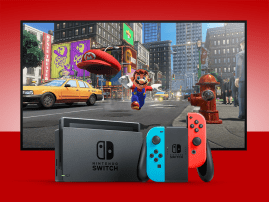Kerbal Space Program review
This stellar game will take you to the Mun and back – and further still…
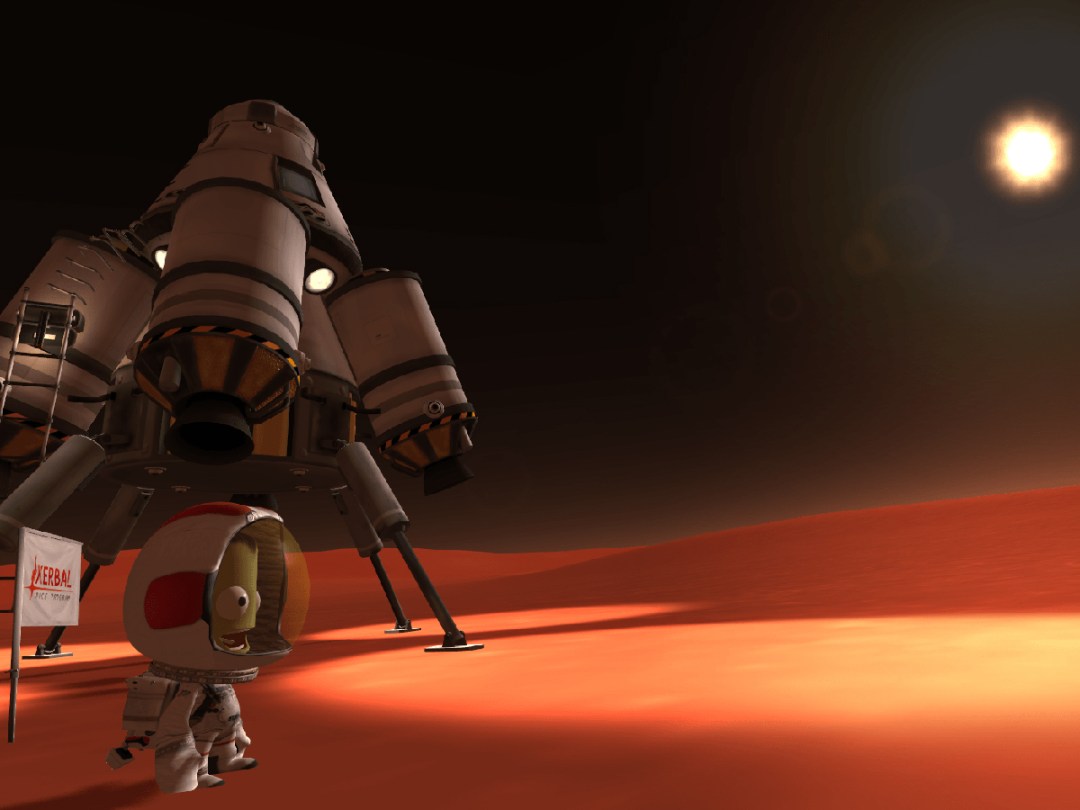
Don’t let the cute characters fool you: Kerbal Space Program is serious business. This is a game that lets you, essentially, recreate the incredible efforts of NASA or the Soviet space program during the mid 20th century.
The fact that your astronauts and scientists are bug-eyed, green-skinned creatures instead of human beings doesn’t really change the fact that, at its heart, this is a pretty hardcore simulator that will seem, at times, completely overwhelming. Almost discouragingly so.
Yes, the game has a tutorial, but it’s a throwback to the time when games refused to hold players’ hands through their early stages; merely a series of brief text boxes and vague “why don’t you try this now?” suggestions that go some way towards explaining the basics behind building and flying rockets – and, later, more complicated manoeuvres and concepts.
Lost in space
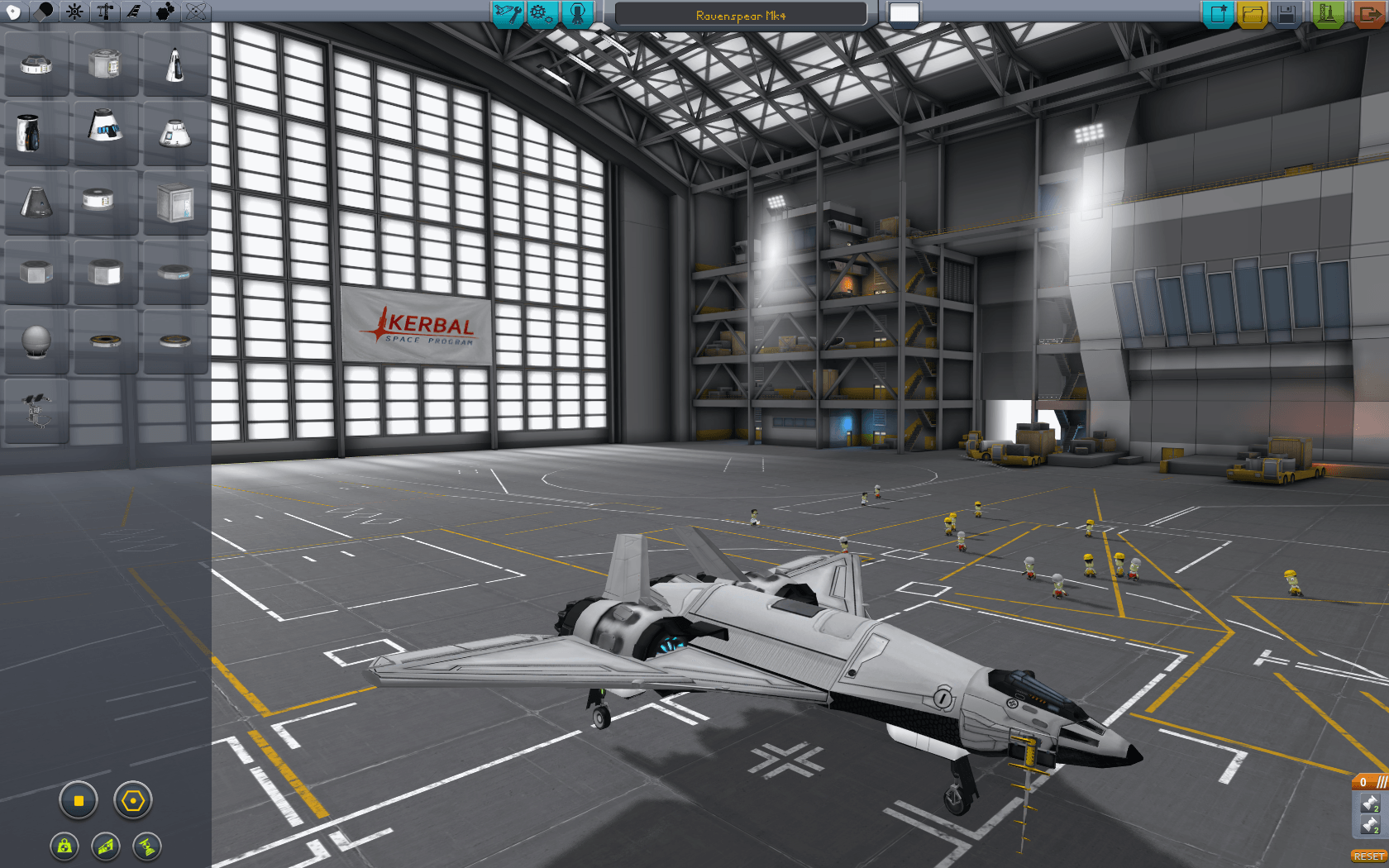
It’s quite clear early on that you are being left to fend for yourself, and that’s… well, that’s actually just fine. This is a game about experimenting, messing up, trying again (and again and again and again) and eventually making a breakthrough – and when that breakthrough happens, you feel like you’ve achieved something pretty incredible on your own rather than merely by slavishly following pre-written instructions.
But I’m getting ahead of myself here. You probably want to know what Kerbal Space Program is actually about. Well, it’s a space exploration sandbox game that, essentially, allows you to do whatever you like within its framework – it provides the tools in terms of spacecraft components, a physics engine and a vast, vast solar system to jet off into from your Earth-like home planet of Kerbin.
The game’s simulation of physics and aerodynamics feels, to my (decidedly non-scientific) mind, pretty dead on. You’ll want to build stable craft (rockets at first, space planes later) to avoid accidents, and use caution with the controls (thankfully, there’s a toggle that auto-stabilises your craft, which is very helpful at times). Rockets are powerful, volatile things, and have a habit of exploding or turning over at inopportune times.
Related › The six best Apple Watch games
I can do science, me
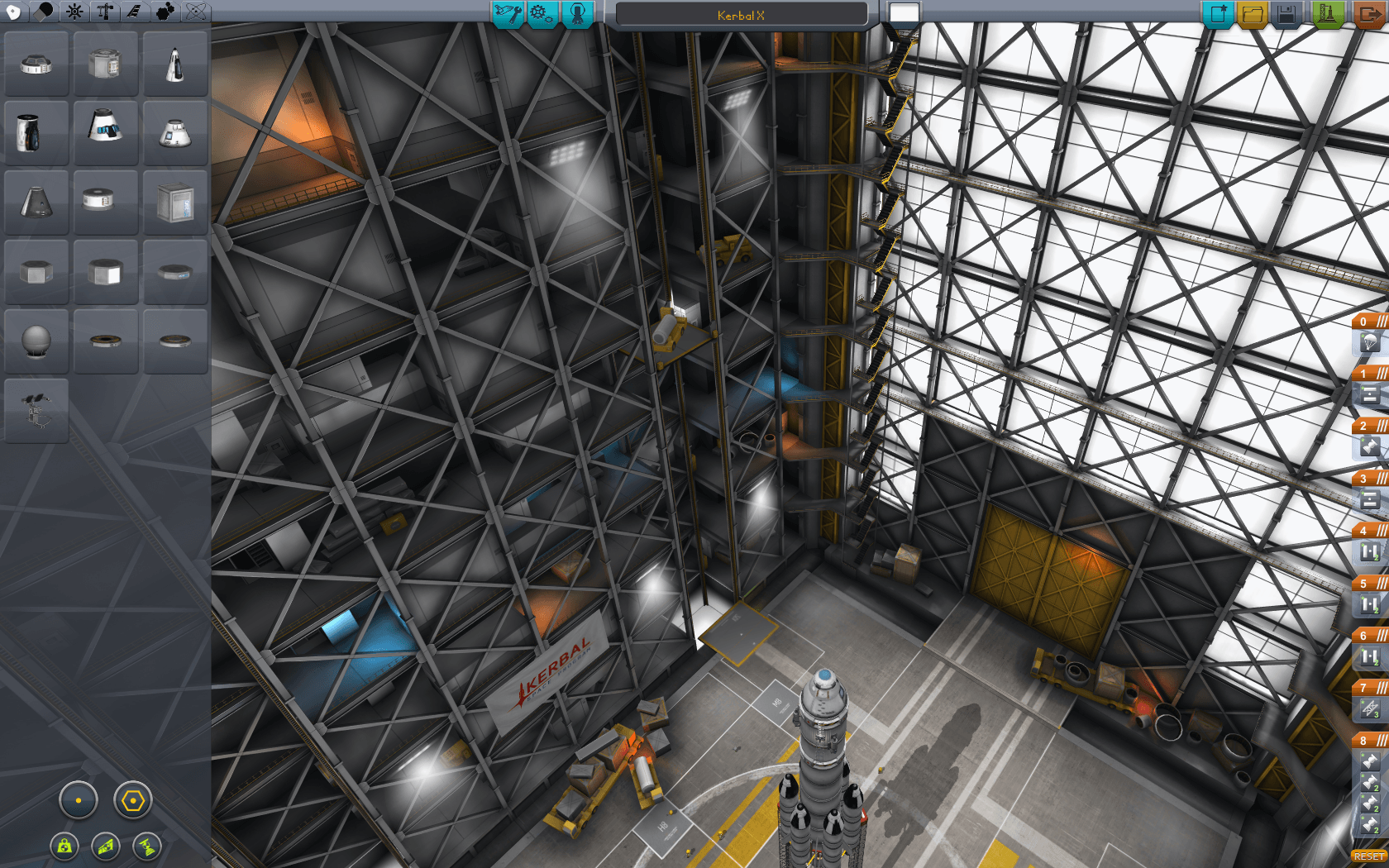
If you want, you can play in full sandbox mode with all the components available from the start. If you want something more closely resembling a traditional gaming challenge, there are two additional modes: Science and Career. Career has you managing finances and unlocking components by completing contracts, while Science gives you unlimited funds but limits parts by allowing you access to new technology only when you’ve racked up sufficient Science points. These are gained by undertaking successful missions, and these don’t have to be challenging: even making your pilot step outside the craft on the launchpad to take a look around will (the first time anyway) reward you with Science.
Science mode is, for my money, the most interesting, as it doesn’t feel unfair or overly daunting but gives you a rewarding feeling of progression as you tick off the milestones. Building a rocket from your meagre selection of initial components is easy – there’s not much choice in what you can construct – but flying it safely into the upper atmosphere and landing it without blowing up the poor Kerbal astronaut inside is a little tougher. Building a stable rocket with enough thrust to escape Kerbin’s atmosphere completely and remain in a stable orbit? Bloody hard work. Taking it a step further and putting a Kerbal on the Moon (or the “Mun” as it’s called here) and getting him or her safely back to Kerbin afterwards is a feat that makes you feel as clever and smug as an actual rocket engineer must. And after that? Well, there are several other planets in the solar system to visit. Planets that would take months of real time to travel to (thankfully, you can accelerate game’s time by up to a factor of 100,000).
Kerb your enthusiasm
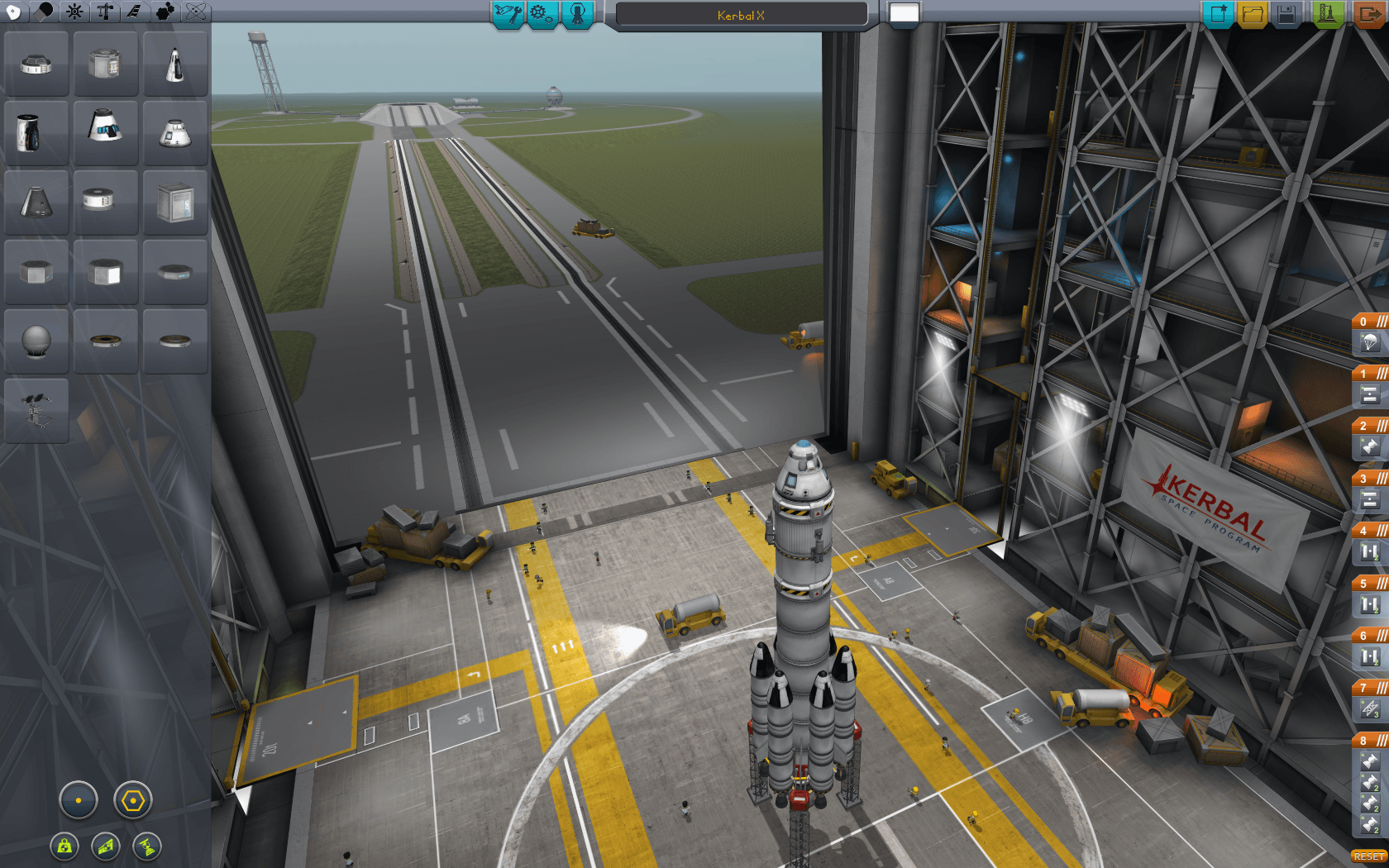
So… yeah… space is a big place. One of Kerbal Space Program‘s biggest achievements is that it gives you the impression of its sheer, scary scale. If you’re going to conquer the skies, you’ve got a big, complicated (but fun!) job ahead of you. Thankfully, for those that don’t have near unlimited amounts of time to spend messing about, there’s a wealth of hints, tips and walkthroughs already available on the internet, so don’t worry too much about feeling lost (in space).
In terms of presentation, Kerbal Space Program is a little rough and ready – very much the limited budget indie title it is. While it might have been nice to fly over a beautifully rendered, highly-detailed Kerbin rather than the near-featureless planet it is in the game, it doesn’t really feel like a huge loss – and there’s always the fruits of the game’s already-fertile modding community to turn to if you want to customise the visuals (or, in fact, other aspects of the game). The real joy of this game is in its nuts and bolts, not its visuals or sound.
Read more › Game of Thrones: A Telltale Game review
Kerbal Space Program verdict
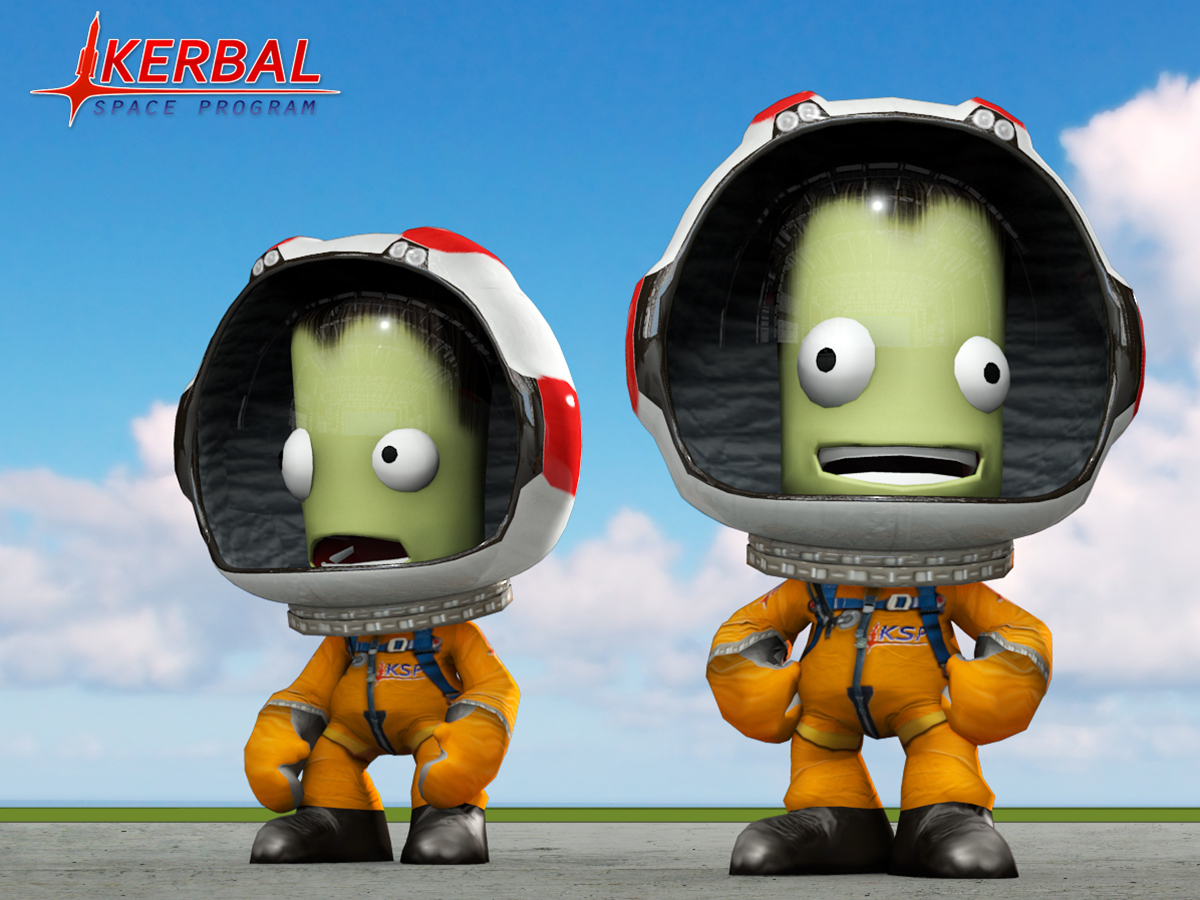
I can’t pretend to have achieved everything in Kerbal Space Program thus far, but this is clearly a very special title. There have been space flight simulators before, but nothing that manages to feel simultaneously so fully-featured and (relatively) welcoming. If you’re a PC or Mac owner with any sort of interest in exploring extraterrestrial places, it should rocket itself right to the top of your shopping list.
Stuff Says…
Space sims don’t come any better than this
Good Stuff
Highly detailed space flight simulation
Superb physics engine
Doesn’t treat you like a moron
Bad Stuff
Audio and sound a touch rough around the edges
Can be daunting without outside tutorials

